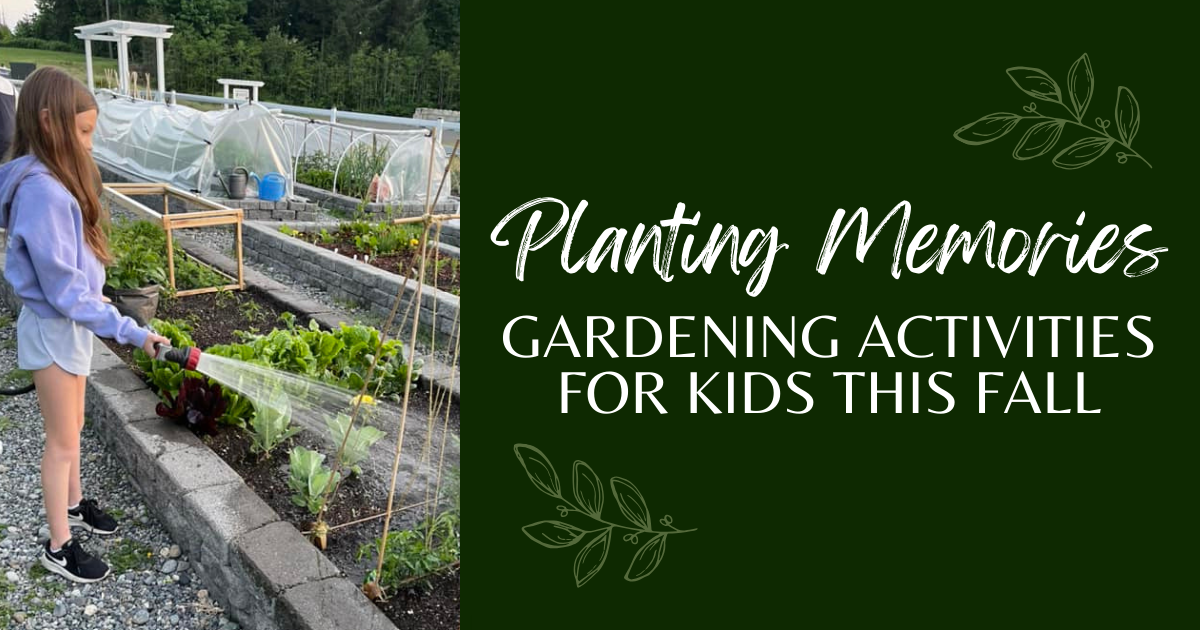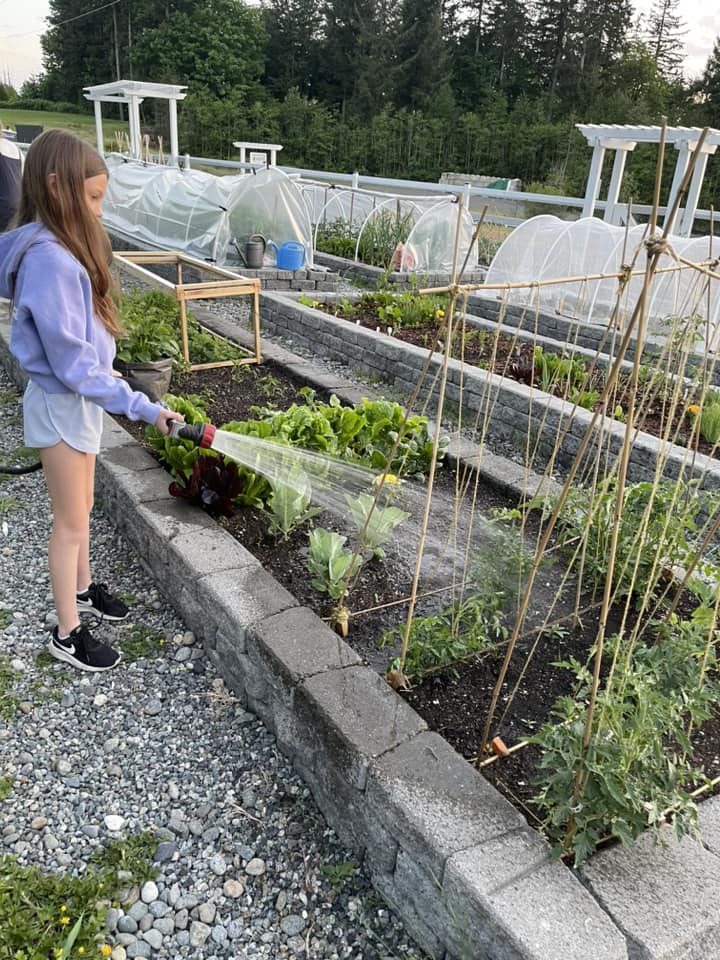
We hope you have enjoyed a bountiful summer of gardening. Just because fall is approaching does not mean the fun has to end. In fact, as you adapt to the new season, be sure to involve your children in the gardening process.
There are so many lessons to be learned in the garden. Did you ever wonder why kindergarten has that name?
Friedrich Froebel, who founded the first kindergarten, believed in self-activity and hands-on learning for children. He also had a love for nature, science and mathematics. He felt children needed to be nurtured and caringly tended to like plants in a garden. Kindergarten was developed to be a place where children could develop and nourish freely through self-directed play under guidance, not direction, of the teacher.
You can guide the following lessons in your garden with your children this fall:
- Planning the garden layout
- Researching the best plants for your temperate zone
- Planting seeds and transplanting seedlings
- Feeding, watering and caring for the plants
- Harvesting, cutting, pruning back
- Learning the plant parts—roots, stems, leaves, flowers, seeds
- Learning about ecosystems and using that knowledge to fight pests, encourage pollinators, etc.
- If you plant vegetables or herbs, you can extend the lessons into meal planning
The outdoor exercise with your kids will be lots of fun. Begin with the basics: remove plant debris from your abundant summer garden. This will prevent pests and disease—maybe the lesson of cleaning out will extend to them cleaning their bedrooms more diligently!
Draw in those children who are more inclined to draw, build or use the computer. Show them how to find the most reliable websites for information on growing plants in our area and ask them to plan the garden “blueprint.” Nourish the soil in preparation for the plants. Add compost (organic from the garden store or from your kitchen). This will lead to lessons about ecological choices in our homes and even economics if you like!
Next, you’re ready to choose seeds or seedlings for fall planting. Your child’s careful research has probably focused on some varieties of vegetables or flowers. Some good choices for fall vegetables include beets, broccoli, brussels sprouts, cabbage, carrots, cauliflower and kale.
Some especially fast-growing autumn vegetables will be less frustrating for youngsters to wait for…Radishes and rocket make great additions to your salad. Collards, mustard greens, and large-leaved spinach are healthy and vigorous growers.
In our region, it’s safe to plant if the soil is 50 degrees or higher. As you and your children care for the garden, they will see the leaves emerge first from planted seeds. Then, stems will stretch up to accommodate even more leaves. Flowers and seeds will show themselves last.
The growing garden doesn’t allow us to watch the roots as the garden grows, even though the roots are essential for the plants. And if you’ve chosen carrots, radishes or beets, the roots will be your reward! Use the information from your kid researchers to know how to feed, water, harvest and prune your chosen plants.
Autumn flowers are also great for our gardens. September is a great time to plant some chrysanthemums and asters—as long as it’s six weeks before the first frost. Mums are an effective insecticide, protecting fruits and veggies from insect pests. They also repel mosquitos.
In October, you can plant bulbs that will blossom in early spring. While you are planning for the spring, autumn is the best time to plant perennials for your garden. They will have a longer stress free time to establish their root systems before the ground freezes.
Have fun together with your kid gardeners!
Marion Boike is a Sunset Walk garden ambassador.






